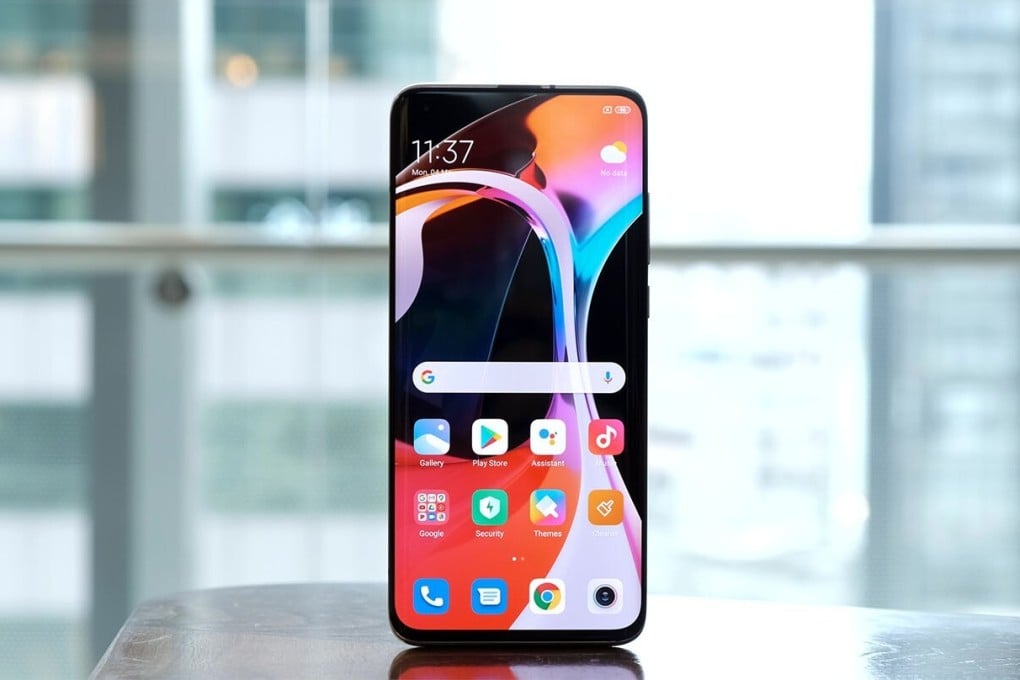The Mi 10 Pro is Xiaomi’s most powerful flagship yet
- With a starting price above US$1,000, Xiaomi is looking to challenge Samsung’s Galaxy S20 line

The Mi 10 Pro is Xiaomi’s most expensive Mi phone to date and the company’s latest flagship smartphone. The €999 (US$1,125) price tag gets you pretty much what you’d expect from a high-end mobile device in 2020.
It’s all there: A Qualcomm Snapdragon 865 chipset, a large 4,500mAh battery, a 108-megapixel camera that shoots 8K video, and a high-refresh display -- albeit at 90Hz instead of 120Hz, as has become increasingly common.
But is all of this worth a price that approaches premium brands like Apple and Samsung? Here are some of the pros and cons of going with the Mi 10 Pro.
Beautiful Screen
The Mi 10 Pro has a 6.67-inch curved Super AMOLED display with 1080p resolution and a 90Hz refresh rate. It’s as good as any display I’ve seen in a phone, and it’s great for watching videos.
With the enhanced color gamut setting turned on, you’ll get deep blacks and vibrant colors. The ultra-narrow bezels also help to deliver a more immersive full-screen experience than many other phones.

Since I’m not a fan of notch cutouts for selfie cameras, I was happy to see the Mi 10 Pro doesn’t have one. But it does go with a hole-punch design, putting the camera in the top-left corner of the screen. I did find this a bit distracting when watching full-screen videos, but I otherwise didn’t notice it as much when doing day-to-day stuff like scrolling through news feeds.
